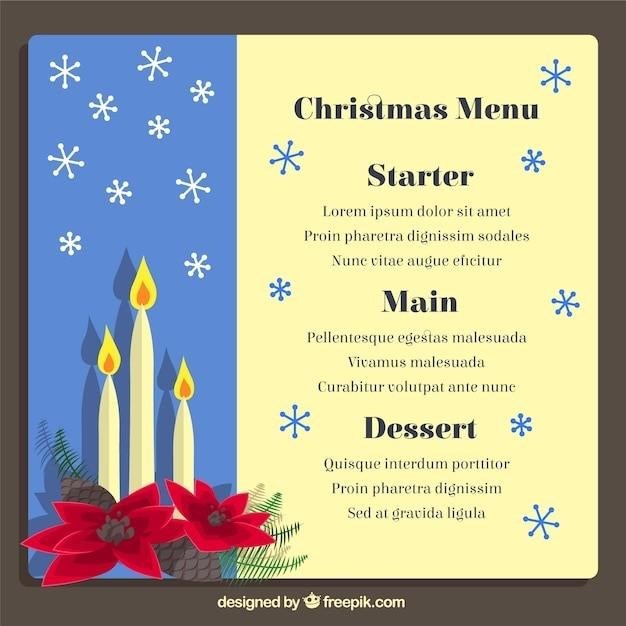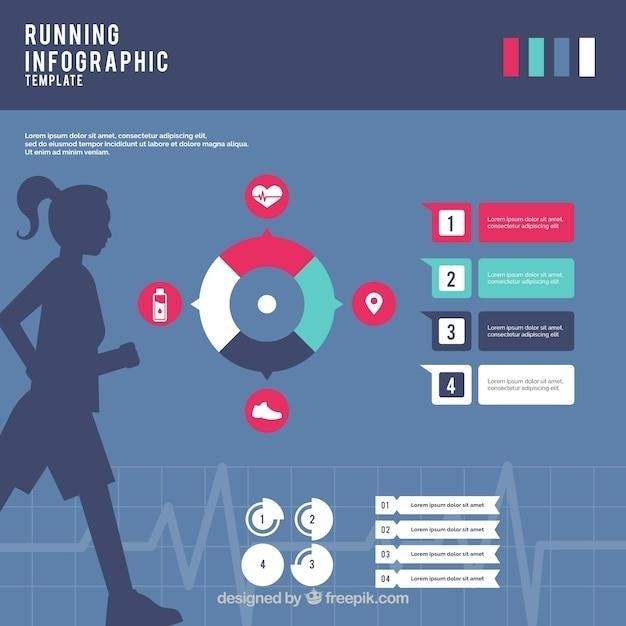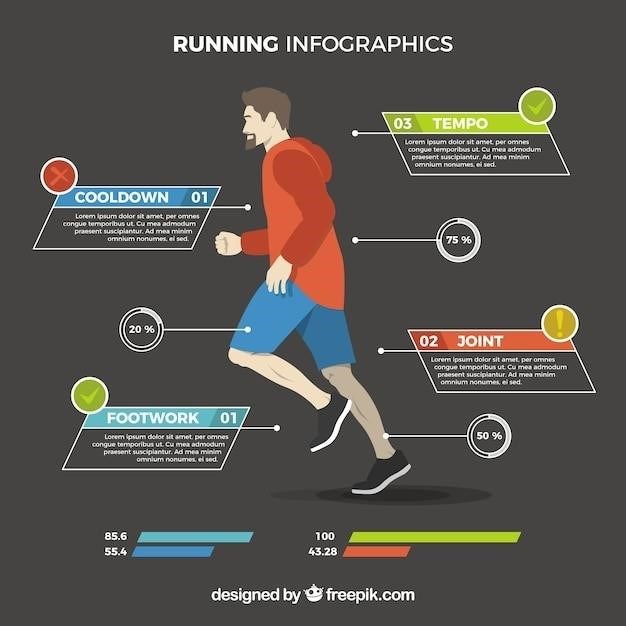Chúa Chăn Nuôi Tôi PDF⁚ Available Versions
Multiple PDF versions exist, showcasing diverse musical arrangements for “Chúa Chăn Nuôi Tôi,” ranging from simple melodies to more complex choral settings.
Variations in lyrics and translations of “Chúa Chăn Nuôi Tôi” are found across different PDF versions, reflecting regional dialects and interpretations.
Various online sources offer downloadable PDFs of “Chúa Chăn Nuôi Tôi,” including religious websites and personal blogs; verify copyright before use.
Different Musical Arrangements
The hymn “Chúa Chăn Nuôi Tôi” enjoys diverse musical interpretations, reflected in the varied PDF versions available online. Some PDFs present simple, hymn-like arrangements suitable for congregational singing, featuring basic chords and a straightforward melody. Others offer more elaborate arrangements, incorporating richer harmonies, instrumental accompaniments, or even orchestral scores. These variations cater to different musical tastes and liturgical contexts. You might find versions designed for solo performance with piano accompaniment, while others are arranged for choirs with multiple vocal parts. The complexity ranges from simple, single-voice settings easily playable on a guitar to complex arrangements suitable for a full choir and orchestra. The choice depends entirely on the user’s needs and preferences. Exploring these different versions allows for a richer appreciation of the hymn’s musical versatility.
Variations in Lyrics and Translations
The accessibility of “Chúa Chăn Nuôi Tôi” in various PDF formats reveals interesting variations in lyrics and translations. While the core message remains consistent—a testament to God’s unwavering care—subtle differences exist across different versions. These variations might stem from different translators’ interpretations, regional dialects influencing word choices, or even stylistic preferences aiming for a more poetic or contemporary feel. Some PDFs might prioritize literal translations, closely adhering to the original Vietnamese text, while others opt for a more dynamic or expressive translation to enhance the hymn’s emotional impact. These nuances offer fascinating insights into the hymn’s reception and adaptation across various communities and linguistic backgrounds. The resulting diversity in available PDFs enriches the experience for users seeking a version that resonates most deeply with their personal understanding and preferences.
Sources for PDF Downloads
Locating downloadable PDFs of “Chúa Chăn Nuôi Tôi” involves exploring various online avenues. Religious websites dedicated to Catholic hymns often host these files, providing readily accessible versions for personal use. Online forums and communities focused on Vietnamese Catholic music may also share links or offer direct downloads. Individual blogs or websites maintained by musicians or enthusiasts might feature the hymn’s PDF alongside audio recordings or other related content. However, caution is advised when downloading from less reputable sources. Always verify the legitimacy of the website to ensure the PDF’s authenticity and avoid potential copyright infringement. Respecting copyright is crucial; always check the terms of use before downloading or distributing any copyrighted material. Remember to check for any usage restrictions that might apply to the specific PDF version you find.

Analyzing the Hymn’s Popularity
The hymn’s enduring appeal stems from its simple yet profound message of faith and divine protection, resonating across diverse communities.
Theologically rich, “Chúa Chăn Nuôi Tôi” reflects the comforting image of God as a shepherd guiding and protecting His flock.
Its melodic simplicity and relatable lyrics have secured “Chúa Chăn Nuôi Tôi’s” place as a beloved hymn within Catholic liturgical music.
Regional Variations and Interpretations
The popularity of “Chúa Chăn Nuôi Tôi” extends across various regions, leading to fascinating variations in its interpretation and performance. Different communities may emphasize specific verses or incorporate unique musical styles reflecting their local traditions. These variations enrich the hymn’s meaning, showcasing its adaptability and resonance within diverse cultural contexts. The readily available PDFs online often reflect these regional differences, offering glimpses into the diverse ways this hymn is understood and cherished. Some PDFs might feature local dialects in the lyrics or incorporate unique musical arrangements that reflect the cultural heritage of a particular region. This diversity only serves to highlight the hymn’s enduring power to connect with people across geographical boundaries and cultural backgrounds. The accessibility of these diverse versions via PDFs makes it possible to experience this rich tapestry of interpretations.
The Hymn’s Theological Significance
“Chúa Chăn Nuôi Tôi” holds profound theological significance, drawing heavily from Psalm 23. The imagery of the shepherd caring for his flock resonates deeply with the Christian concept of God’s protective and guiding presence in believers’ lives. The hymn’s emphasis on God’s provision, comfort, and guidance offers solace and reassurance. The repeated affirmation of God’s care speaks to the core tenets of faith, trust, and dependence on a higher power. Available PDFs of the hymn often highlight these theological themes through annotations or accompanying materials, enriching the understanding and appreciation of its spiritual message. The enduring popularity of “Chúa Chăn Nuôi Tôi” underscores its continuing relevance in providing comfort and spiritual nourishment to believers. Its simple yet powerful message transcends cultural boundaries, making it a universally relatable expression of faith.
Impact on Catholic Liturgical Music
The hymn “Chúa Chăn Nuôi Tôi,” readily available in various PDF formats online, has significantly impacted Catholic liturgical music, particularly in Vietnam. Its simple, memorable melody and deeply spiritual lyrics make it suitable for congregational singing during Mass and other services. The hymn’s accessibility, coupled with its availability in numerous arrangements found in various PDF versions, ensures its widespread use across different communities and parishes. Its enduring popularity speaks to its effectiveness in fostering communal worship and enhancing the spiritual atmosphere of Catholic liturgical celebrations. The readily available PDFs contribute to its continued prevalence, allowing for easy dissemination and adaptation within the context of diverse liturgical settings. The hymn’s impact is evident in its inclusion in many Catholic hymnals and its frequent performance in churches across the country.
Exploring the Hymn’s History
Researching the origins and authorship of “Chúa Chăn Nuôi Tôi” requires further investigation into Vietnamese Catholic hymnals and musical archives.
The hymn’s evolution and adaptations over time are reflected in the various lyrical and musical versions found in circulating PDFs.
The hymn’s cultural impact and reception within Vietnamese Catholic communities warrant further scholarly study to fully understand its significance.
Origins and Authorship
Pinpointing the exact origins and composer of “Chúa Chăn Nuôi Tôi” (“The Lord is My Shepherd”) proves challenging due to limited readily available documentation. Many traditional hymns within the Vietnamese Catholic tradition lack detailed historical records regarding their creation. The hymn’s popularity suggests a long history of oral transmission and adaptation within communities, making definitive attribution difficult. Further research into Vietnamese Catholic liturgical music archives, historical hymnals, and parish records would be necessary to uncover more information about its potential composers and the time period of its emergence. Without access to these resources, establishing a precise origin remains speculative. The lack of readily available information highlights the need for dedicated research in this area of Vietnamese religious musical history. The hymn’s enduring presence, however, speaks volumes about its resonance within the faith community;
Evolution and Adaptations
The hymn “Chúa Chăn Nuôi Tôi” likely underwent significant evolution and adaptation throughout its history. Oral transmission, a common practice for passing down hymns in many cultures, would have naturally led to variations in lyrics and melodies across different regions and communities. These variations may reflect local dialects, musical preferences, and even theological emphases. The adaptation process might also involve the incorporation of new verses or the modification of existing ones to suit specific liturgical contexts or congregational needs. The absence of a single, definitive version suggests a fluid and organic evolution, shaped by the collective experience and creativity of the faithful. Different musical arrangements and stylistic choices found in available PDFs likely reflect this ongoing process of adaptation and reinterpretation over time. Understanding this evolution requires a deeper dive into the historical usage of the hymn within different Vietnamese Catholic communities.
Cultural Influence and Reception
The enduring popularity of “Chúa Chăn Nuôi Tôi” (“The Lord is My Shepherd”) within Vietnamese Catholic communities speaks volumes about its cultural resonance. The hymn’s simple yet profound lyrics, coupled with its memorable melody, have allowed it to transcend generational boundaries, becoming deeply embedded in the liturgical and devotional practices of countless individuals. Its accessibility and relatable message of divine guidance and protection have fostered a strong emotional connection amongst worshippers. The hymn’s widespread use in various settings, from personal prayer to communal worship, showcases its significant cultural impact. The availability of numerous PDF versions, each possibly reflecting unique local adaptations, further underscores the hymn’s enduring presence and its capacity to resonate with diverse cultural contexts within the Vietnamese Catholic tradition. Its continued popularity highlights its role as a powerful symbol of faith and spiritual comfort.

Finding and Using Chúa Chăn Nuôi Tôi PDFs
Numerous websites and online databases offer “Chúa Chăn Nuôi Tôi” PDFs; however, verify legitimacy and copyright.
Respect copyright laws when using “Chúa Chăn Nuôi Tôi” PDFs; obtain permission for commercial use or wide distribution.
Printed copies of “Chúa Chăn Nuôi Tôi” PDFs can be easily produced for personal or limited church use, but always respect copyright.
Online Resources and Databases
Locating downloadable PDFs of “Chúa Chăn Nuôi Tôi” can be achieved through various online avenues. Dedicated religious websites often host hymnals and liturgical music collections, sometimes including this popular hymn in PDF format. These sites may offer different versions, potentially with varying musical arrangements or translations. Additionally, online forums and communities focused on Catholic music or Vietnamese hymns could provide links or direct downloads. Remember to exercise caution and discernment when downloading files from less reputable sources, as the quality and legality of such materials are not always guaranteed. Always prioritize downloads from trusted websites associated with recognized religious organizations or publishers to ensure authenticity and avoid potential copyright infringement. Thoroughly check the source’s legitimacy before downloading any PDF.
Copyright Considerations and Usage Rights
Before downloading or distributing any PDF of “Chúa Chăn Nuôi Tôi,” it’s crucial to understand copyright implications. Many hymnals and musical arrangements are protected by copyright, restricting unauthorized reproduction or distribution. Using a PDF for personal worship is generally acceptable, but mass distribution or commercial use requires explicit permission from the copyright holder. Websites offering free downloads might not always hold the necessary rights, potentially leading to infringement. If unsure about usage rights, contacting the copyright holder, often the composer or publisher, is recommended. Respecting copyright protects creators and ensures the continued availability of cherished hymns like “Chúa Chăn Nuôi Tôi.” Always err on the side of caution and obtain permission when in doubt about the legal use of copyrighted material.
Printing and Distribution
Printing “Chúa Chăn Nuôi Tôi” PDFs for personal use, such as for individual worship or small group gatherings, is generally acceptable, provided you respect copyright restrictions. However, large-scale printing and distribution for commercial purposes or public events necessitate obtaining proper permissions from the copyright holder. This often involves securing a license or paying royalties. When printing, consider using high-quality paper and ensuring clear readability. For wider distribution, explore professional printing services capable of handling large print runs efficiently. Remember to always include any required copyright notices on printed materials. Respectful handling of the hymn ensures its continued use and appreciation within the community. Ignoring copyright laws can lead to legal repercussions. Therefore, understanding and adhering to the relevant regulations is paramount.






















